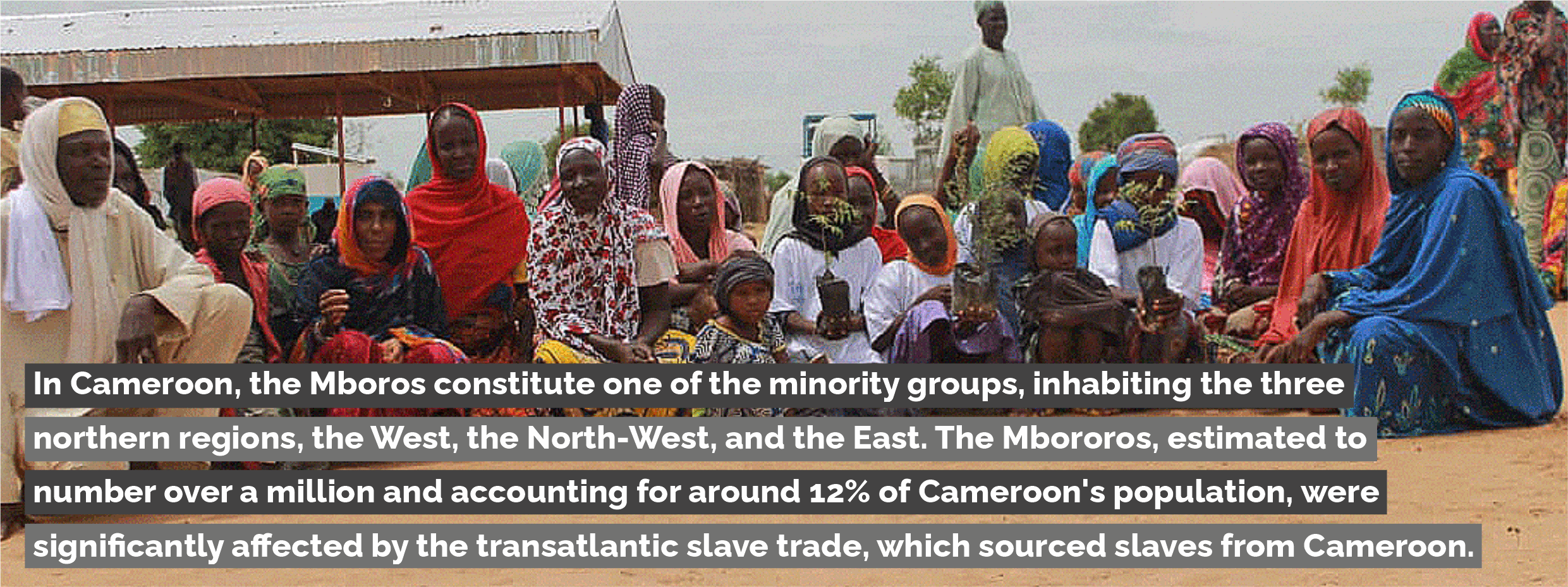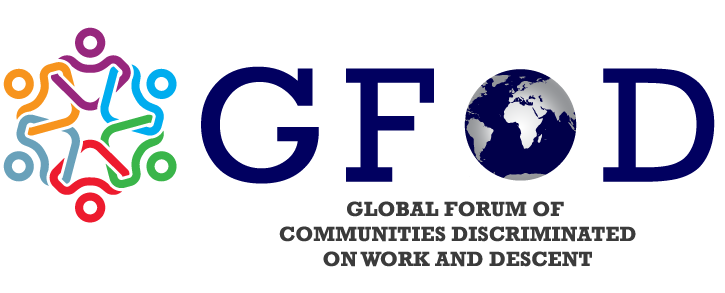
REPORTS

Communities Discriminated on Work and Descent (CDWD) in Cameroon and Status of Modern Slavery
Commissioner Bouba of the Cameroon National Human Rights Commission releasing the Cameroon CDWD REPORT at the Commission Headquarter in Yavounde, ...
CAMEROON
THROUGH
CDWD LENSE
REPORT
DATA
INFOGRAPHIC
DISCUSSIONS
RECENT ACTIVITIES
NEWSLETTER
SUBMISSIONS
EVENTS
Discrimination based on Work and Descent, is deeply rooted in Gambia’s history and social fabric and persists in contemporary times despite its abolition in 1906 under the British Empire, and criminalisaton after Gambia’s Independence in 1965. Traditional forms of descent-based slavery in Gambia though ceased now, has left in its wake persistent discrimination and exclusion of the affected communities. Their resultant marginalisation is proving to be a key driver for modern forms of slavery and slavery-like practices among these communities in Gambia.
Indigenous slavery existed in Gambia, as it did in Sub-Saharan Africa, much before the European colonisation and emergence of the trans-Atlantic slave trade. The ethnic groups of Gambia have a long history of keeping indentured domestic slaves and captured war slaves.
The basis of the caste division in Gambia is unclear, or even the use of the term ‘caste’, to describe the social hierarchy. The word is said to have been introduced by the European colonialists. Each of the ethnic groups is influenced by the traditional hierarchical caste structure. The hierarchy is based on the caste-like division of labor, and the order of hierarchy resembles the past political power and authority in society.
Recommendations
Indigenous slavery existed in Gambia, as it did in Sub-Saharan Africa, much before the European colonisation and emergence of the trans-Atlantic slave trade. The ethnic groups of Gambia have a long history of keeping indentured domestic slaves and captured war slaves.
The basis of the caste division in Gambia is unclear, or even the use of the term ‘caste’, to describe the social hierarchy. The word is said to have been introduced by the European colonialists. Each of the ethnic groups is influenced by the traditional hierarchical caste structure. The hierarchy is based on the caste-like division of labor, and the order of hierarchy resembles the past political power and authority in society.
Recommendations
- Government Policy Promulgation: Merely enacting laws or ratifying regional and international legal instruments is not sufficient; it is crucial for the government to ensure their strict implementation
- doption of Specific Laws: To address the unique needs of the CDWD, specific laws must be adopted. Despite the constitutional provision for protecting indigenous peoples and minorities, there is still a lack of dedicated legislation for the Mbororos and other marginalised groups.
- Inclusive Formulation of Programs and Projects: The formulation of programs and projects should involve active participation from the target communities (CDWD and other marginalised), taking into account their distinct characteristics.
- Preceding this, adequate training should be provided to the main beneficiaries to enhance their understanding of various aspects.
- Ensuring Effective Budget Allocations: While budget allocations are welcome, their proper utilisation is imperative. These allocations should not be mere political promises but rather subject to careful monitoring. It is alsoessential to invest in the promotion and empowerment of the CDWD as this serves to safeguard their cultural heritage effectively.
- Establishment of Organisational Mechanisms: The setup of organisational mechanisms such as commissions, committees, departments, and national reporting and monitoring mechanisms is a positive step.
- The representatives from the target groups (CDWD communities and other marginalised) be included in these mechanisms to ensure their voices are heard.
- Courtesy Rights Expert Mali and Country Report on Status of CDWD in Cameroon


